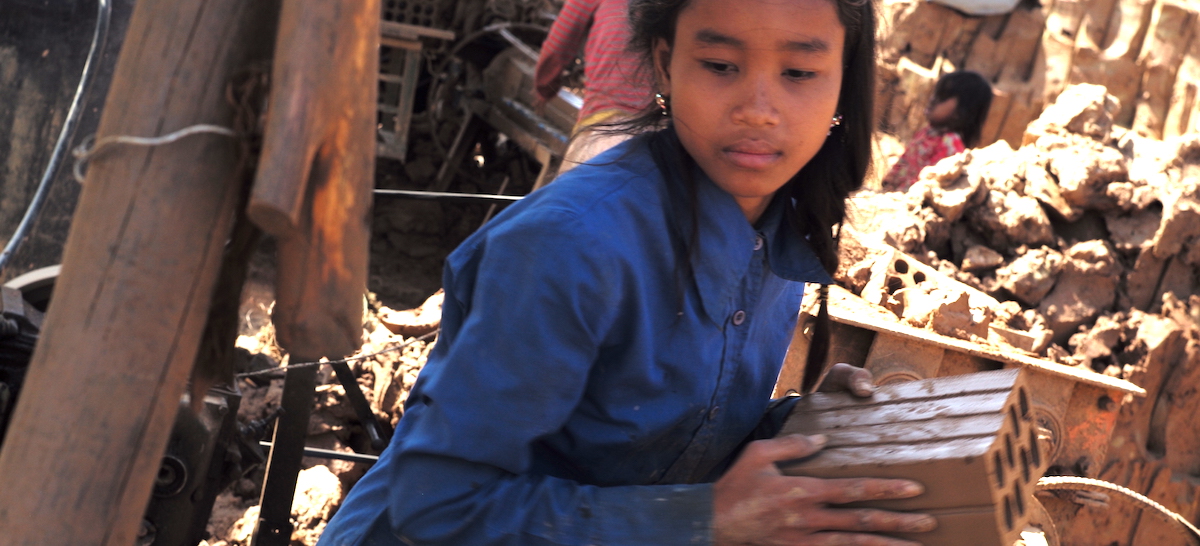The ICOH Working Group on Young Workers and Child Labour (WGYWCL) includes a collaborative broad Network of experts seeking to raise attention among policy-makers, researchers and practitioners to the urgent global need for ‘protection of young workers’ and to stimulate practical measures to reduce their suffering from work-related illnesses and injuries.
FAO’S END CHILD LABOUR IN AGRICULTURE
The course is designed to raise awareness and build knowledge among agricultural stakeholders about the importance of addressing child labour in agriculture, including livestock, forestry, fisheries and aquaculture. It aims to build specific skills, depending on work-related responsibilities and tasks and/or interests, by providing concrete ideas and guidance that can be applied in real life agricultural policy and programming situations. This course consists of 15 lessons, ranging from approximately 30 to 65 minutes duration, grouped into seven units. It includes a final assessment test. Successful completion of the test will allow you to print a certificate of completion.
Duration: 12 hours. Publication Date: June 2016. Take FAO's End Child Labour Course
NORTH AMERICAN GUIDELINES FOR CHILDREN'S AGRICULTURAL TASKS (NAGCAT)
Children can grow up right before our eyes and each child has unique characteristics that develop over time. Because every child's growth and development is different, these recommendations for children's agricultural chores are not based on age.
How to use the NAGCAT Guidelines
Use these guidelines to determine if your child can do the job safely:
- Select a job.
- Review "Adult Responsibilities" within each guideline and take steps to make sure the work setting is safe.
- Read "Main Hazards" to understand how the most serious injuries occur.
- Read "Remember" for information on personal protection.
- Read through each question on the checklist to:
- evaluate your child's abilities
- learn about training and adult supervision
- Decide if your child can do the job safely.
- Let your child do the job!
